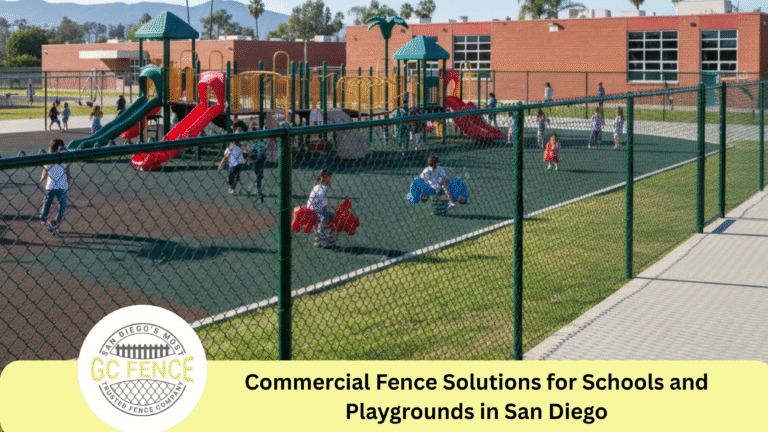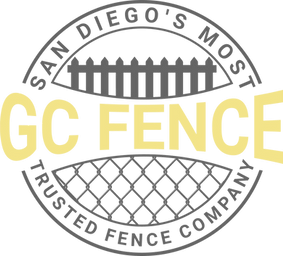Introduction
In a busy commercial environment, loading docks are high-traffic zones that require strict safety and efficiency measures. One often-overlooked yet crucial component is the gate system. A well-chosen gate not only enhances safety but also ensures smooth operational flow, prevents accidents, and secures valuable inventory.
Whether you manage a warehouse, distribution center, or manufacturing facility, understanding the different gate options and their advantages can help you select the right one for your specific needs.

Why a Proper Gate System is Essential for Loading Docks
Loading docks can be hazardous areas if not equipped with the right safety infrastructure. An effective gate system helps by:
- Preventing Falls: Many dock gates are designed to keep workers from accidentally stepping or falling off the dock’s edge.
- Controlling Access: Gates restrict entry to authorized personnel only, reducing theft risks.
- Improving Workflow: Automated or well-placed gates can streamline vehicle and worker movement.
- Meeting Safety Compliance: OSHA and other safety guidelines often require fall protection and access control at loading docks.
Types of Loading Dock Gate Systems
1. Swing Gates
Swing gates operate on a hinge, swinging open or closed manually or automatically.
- Pros: Durable, easy to operate, low maintenance.
- Cons: Requires clearance space for opening.
- Best for: Smaller docks or where space isn’t an issue.
2. Sliding Gates
These gates slide horizontally along a track, making them ideal for tight spaces.
- Pros: Space-saving, easy automation, great for wide openings.
- Cons: Tracks require regular cleaning to avoid jamming.
- Best for: High-traffic docks with limited clearance.
3. Vertical Lift Gates
These gates lift upward to allow access and drop down to close off the dock.
- Pros: Space-efficient, ideal for indoor docks.
- Cons: Can be more expensive and require overhead clearance.
- Best for: Facilities with limited horizontal space.
4. Safety Barrier Gates
Designed mainly for fall prevention rather than security, these gates are often made from steel or reinforced mesh.
- Pros: Cost-effective, lightweight, and easy to install.
- Cons: Provides limited security against theft.
- Best for: Docks prioritizing worker safety over security.
Factors to Consider When Choosing a Gate System
1. Security Needs
If theft prevention is a priority, choose heavy-duty gates with lockable systems and robust materials like steel.
2. Space Availability
Measure your available dock space to determine whether a swing, sliding, or vertical lift gate is most suitable.
3. Traffic Volume
High-traffic docks benefit from automated gates to reduce delays and improve workflow efficiency.
4. Durability & Material
Opt for galvanized steel or aluminum to resist rust and withstand heavy use.
5. Compliance Requirements
Check OSHA or local safety standards to ensure your gate meets all regulatory guidelines.
Automation vs. Manual Operation
- Automated Gates: Faster, improve security with access control systems, and reduce human effort. Best for high-volume facilities.
- Manual Gates: Lower cost, simpler to maintain, but can slow down workflow in busy docks.
Choosing between the two often depends on budget, traffic volume, and operational needs.
Maintenance Tips for Longevity
Proper upkeep ensures your gate system remains reliable and safe:
- Regular Inspections: Check hinges, tracks, and locking systems monthly.
- Lubrication: Apply grease to moving parts to prevent rust and friction wear.
- Cleaning: Keep tracks and surfaces free from debris.
- Testing: Test automated gates regularly to ensure sensors and controls are functioning correctly.

Cost Considerations
Gate costs vary depending on type, size, and automation:
- Manual Swing Gates: $500 – $1,500
- Sliding Gates: $1,000 – $3,000
- Vertical Lift Gates: $2,000 – $5,000
- Automated Systems: Additional $1,000 – $3,000 for motors, sensors, and installation.
While the upfront cost can be significant, investing in the right gate can save money in the long run by preventing accidents and theft.
Final Thoughts
Choosing the best gate system for your commercial loading dock is more than a matter of convenience; it’s a critical investment in safety, security, and operational efficiency. By evaluating space constraints, traffic volume, and compliance needs, you can select a gate that not only meets regulations but also enhances your facility’s workflow. Contact us today!



